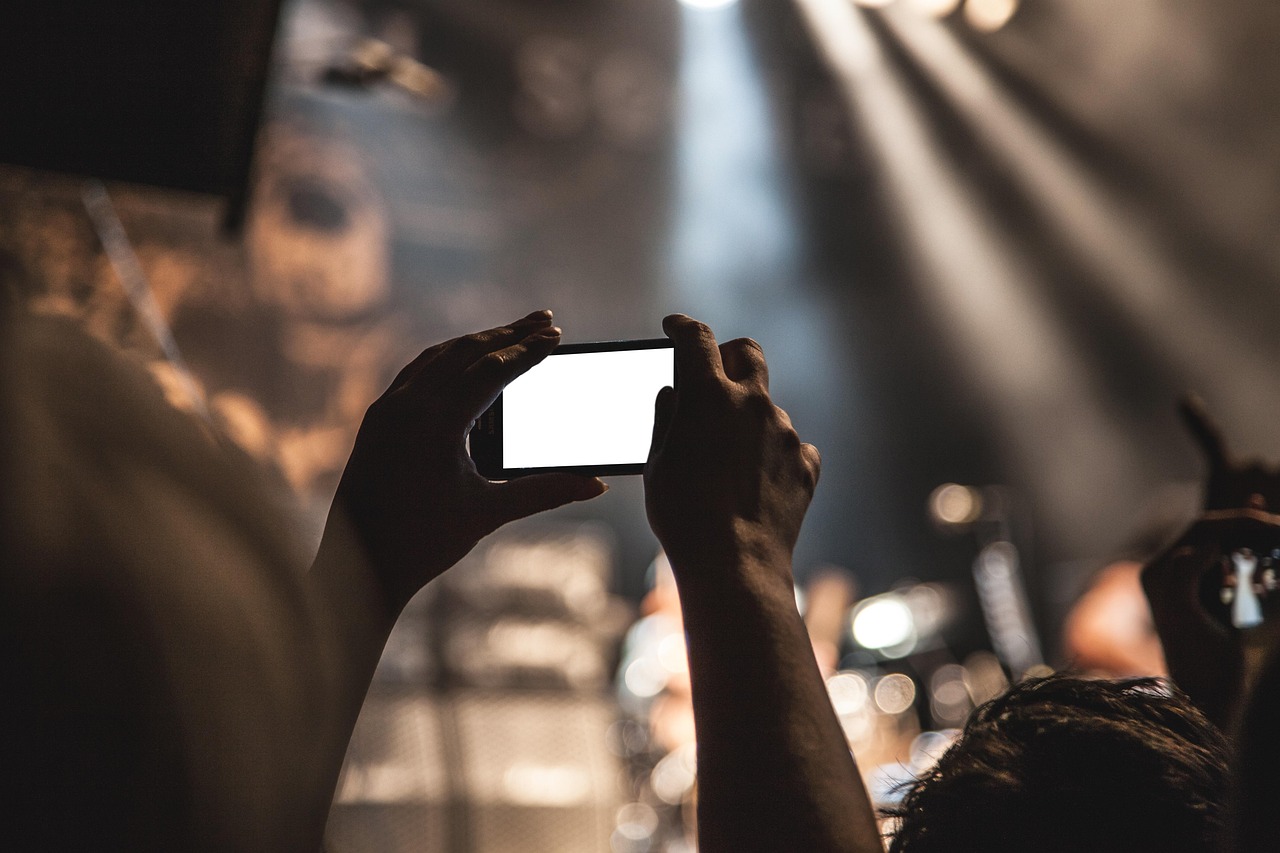
OBARA: Refocus Kenyan political journalism
Journalism is about accurately capturing the texture of public life
Mobile apps and equipment are cheaper, more portable than broadcast gear
In Summary

Most people might have missed it, but in the peak of the movie, Perry subtly yet powerfully highlighted a truth that’s reshaping our world: our mobile phones are now more potent than traditional television and radio stations combined.
‘Straw’ wasn't just entertainment; it is a mirror reflecting the evolving media landscape. The power is no longer solely in the hands of major broadcasters but in the hands of individuals, armed with nothing more than a smartphone and a story to tell.
With a smartphone, I can create photos, videos, audio and graphics, edit and upload them directly to newsroom servers, online platforms and social media.
I can respond to audience queries via chat apps, social messaging and email, and even make calls to arrange interviews, all from one device.This isn't just about convenience; it's about a complete transformation of how news and stories are gathered and shared.
Smartphones empower any journalist to rapidly acquire new skills, from news photography and podcasting to social-first storytelling and even making TV news and documentaries. This newfound versatility helps break down traditional silos in newsrooms.
Mobile apps and equipment are significantly cheaper than traditional broadcast gear. Smartphones are also lighter and more compact, making multimedia storytelling accessible to reporters on a budget, and particularly beneficial for women and individuals with physical disabilities.
What truly makes mobile journalism revolutionary is that most people now have access to a mobile phone.
This means journalists can easily incorporate the voices of their community into their storytelling, fostering more inclusive and representative journalism.
REPLACING CAMERAS?
Modern phones can film in 1080p high-definition video and perform remarkably well in low-light conditions.
Flagship models from Apple, Samsung and Google Pixel offer impressive features like good depth of field, optical image stabilisation for steady handheld footage and a choice of frame rates.
Even if your phone lacks OIS, external apps like Filmic Pro or Open Camera can provide this functionality.
While traditional cameras or DSLRs might still be preferred for extreme control over depth of field or filming subjects from a considerable distance, my core ethos as a mobile journalist is experimentation. And so should any other independent scribe. Don't let a perceived lack of equipment be a barrier to telling compelling stories.
CBC reporter Dan McGarvey uses his phone to create content for radio, television and online, specialising in covering underreported communities in regional Canada.One of the world’s leading mobile journalists, Barkha Dutt in Delhi, covers hard news and politics entirely with a smartphone. Her one-woman news organisation, Mojo Story, boasts millions of followers across Twitter and YouTube.
With the rise of TikTok and Instagram Reels, many journalists, like CNN's Max Foster, have embraced vertical video formats to keep young news consumers informed.Popular apps like Anchor and Podbean allow for entire shows to be produced on a phone. Examples include Len Clarke's "Irish Illustrated International" podcast and BBC journalist Nick Garnett's "Mo Salah" series, recorded and edited entirely on a smartphone using Ferrite.

Journalism is about accurately capturing the texture of public life
In Africa, many women journalists have made an impact